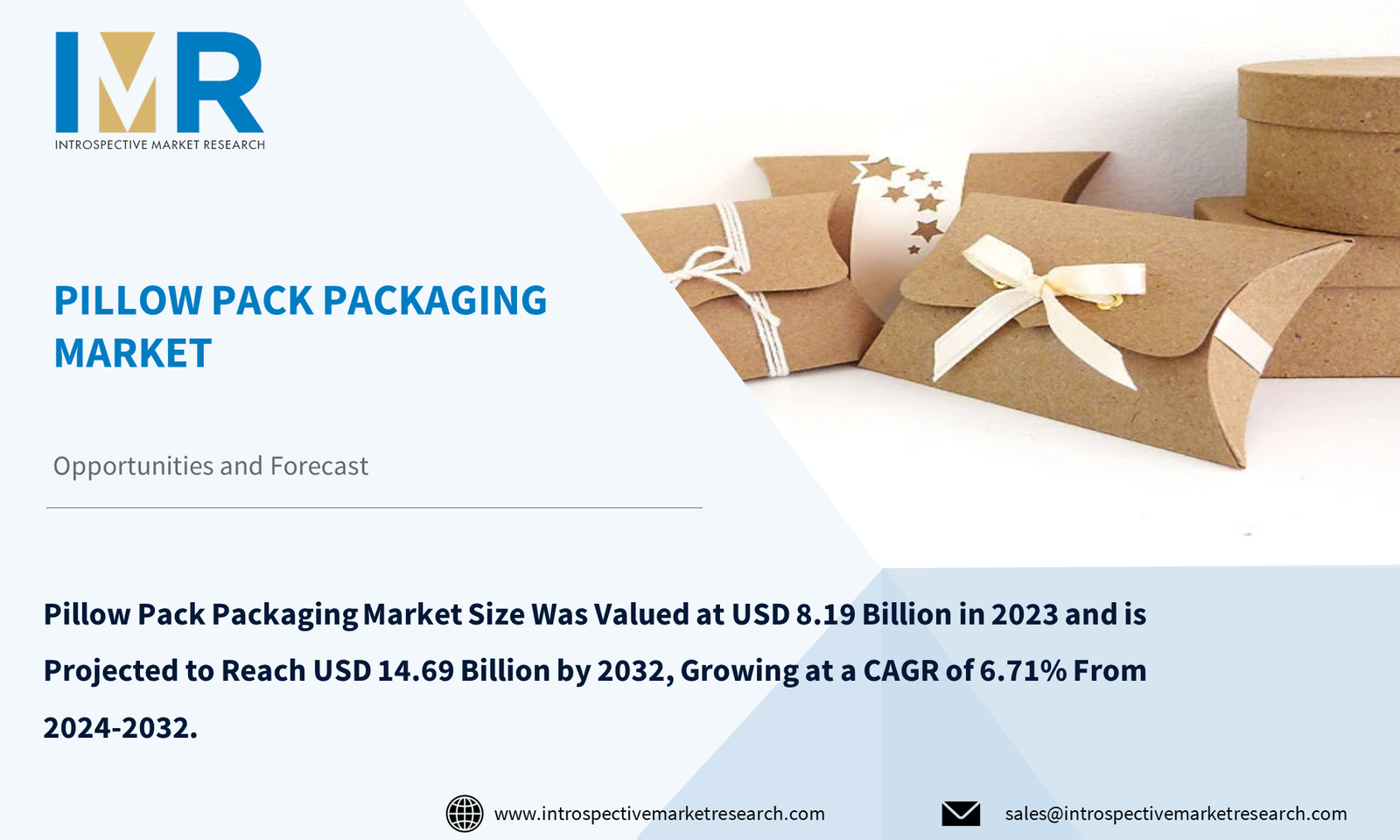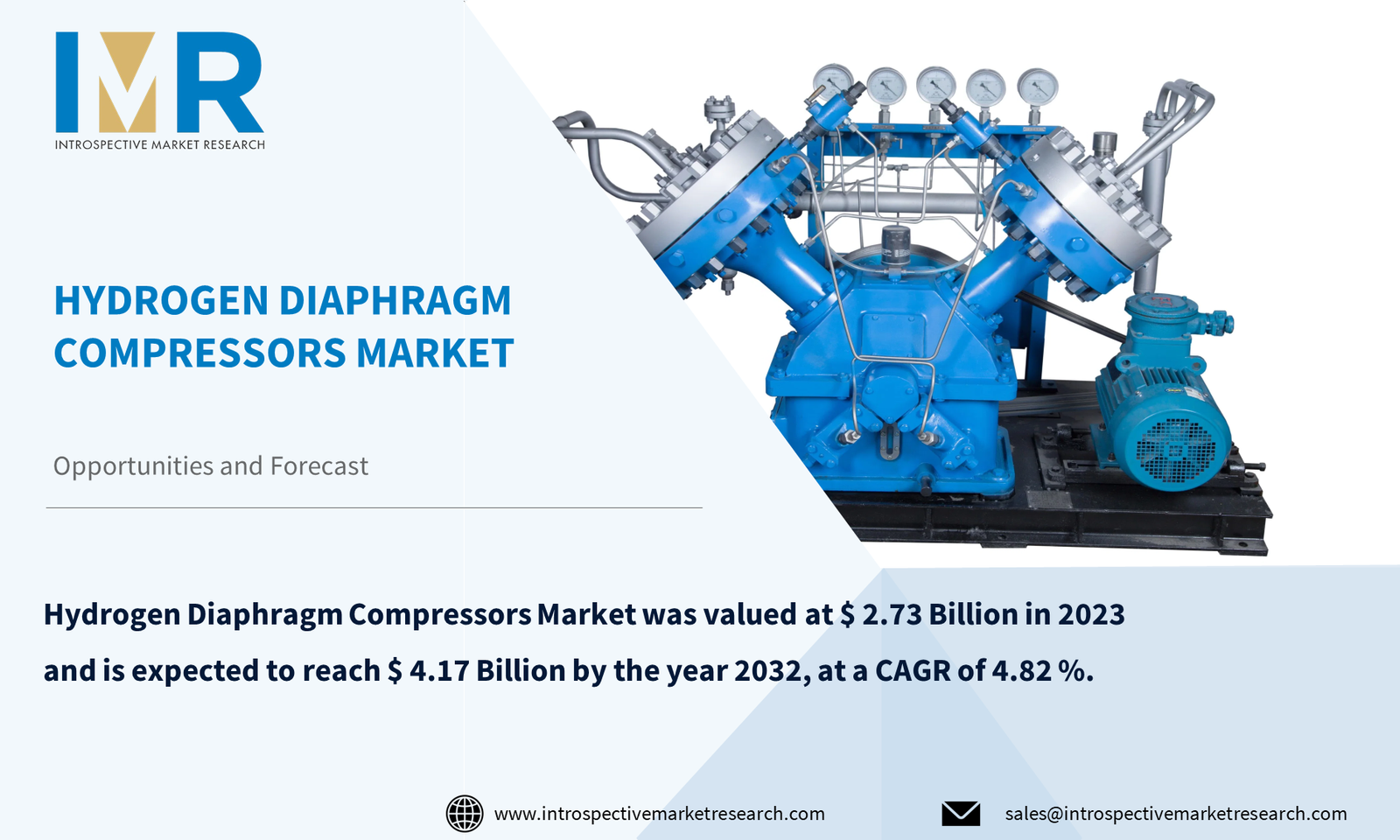
Market Size – USD 1,674.76 Million in 2021, Market Growth - CAGR of 5.41%, Market Trends –the increasing demand from electronics industry is widening the scope for Micro-perforated Food Packaging Market.
According to the current analysis of Introspective Market Research, the global Micro-perforated Food Packaging Market was valued at USD 1,674.76 Million in 2021 and is expected to reach USD 2,421.73 Million by the year 2028, at a CAGR of 5.41%.
Micro-perforated food packaging is a type of perforated packaging that contains micro holes, which allow gas interpenetrate to maintain the rate of respiration of food products. Micro-perforation requires the puncturing of packaging films with holes ranging from a diameter of 30 mm to 200 mm. In addition, it has been emerged to improve product freshness and shelf-life, therefore, reducing food waste. Micro perforation is extensively found on materials used for packaging fresh bakery, fruit, and vegetable products including bags and films. According to the Food and Agriculture Organization reported that between 45 and 55% of all food and beverages produced worldwide are lost or wasted along the supply chain. Therefore, the rising demand for fresh and quality packaged food, consumer convenience, and manufacturers' concern for the longer shelf life of the food products is driving the market for active and smart packaging technology for food Markets.
Speedy development in retail chains, paired with rising consciousness about healthy food intake, is expected to improve product need over the forecast timeframe. The market is also driven by an increase in inclination to ready-to-eat and other trendy food items. Change in the frame of mind of shoppers in created nations for suppers that are anything but difficult to get ready, delightful, and fast has raised interest in prepared-to-eat items. The vast majority of these items perforated packaging, including packs, films, and bags. Brisk decay and degeneration related to ready-to-eat fresh-cut fruits and vegetables have been improving the requirement for micro-perforated packaging solutions. Different benefits provided by micro-perforated packaging are thereby expanding the growth of the global micro-perforated food packaging market considerably.
Micro-Perforated Food Packaging is Segmented by Type (Polyethylene, Polypropylene, PET, Others), Application (Fruits & Vegetables, Bakery & Confectionery, Ready-To-Eat, Others), and Region.
Key participants such as Sealed Air, COVERIS, Amcor Limited, Mondi plc. Ultraperf Technologies, KM Packaging Services Ltd, Bolloré Group, Amerplast, Uflex Ltd, and others.
For this report, Introspective Market Research has segmented the Micro-perforated Food Packaging Market based on region:
Regional Outlook (Revenue in USD Million; Volume in Units, 2021-2028)
- North America
- U.S.
- Canada
- Mexico
- Europe
- Germany
- France
- UK
- Italy
- Turkey
- Rest of Europe
- Asia Pacific
- China
- India
- Japan
- South Korea
- Indonesia
- Vietnam
- Thailand
- Rest of Asia-Pacific
- Middle East & Africa
- Saudi Arabia
- South Africa
- Iran
- Rest of MEA
- Latin America
- Brazil
- Argentina
- Rest of LATAM






